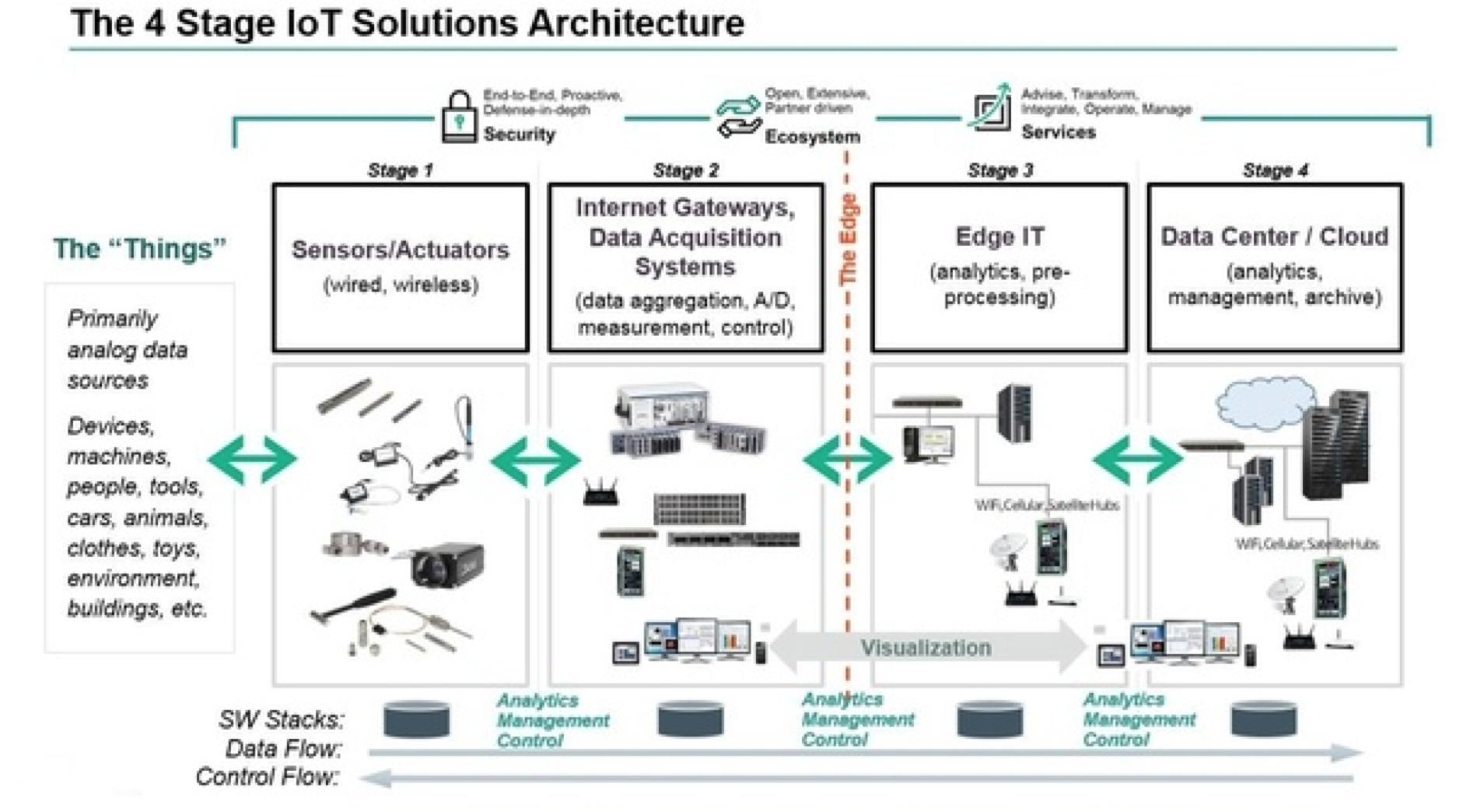

UNDERSTANDING CRYPTOGRAPHY EVEN SOLUTIONS PDF CRACK
Since each set of communications has a different secret key, you would have to crack them all separately. In other words, it only allows you to see the communications that are being used now (ie with this secret key). This is the idea that if you crack the encryption that the server is using to communicate now, it doesn’t mean that all communications that the server has ever carried out are able to be read. Thus, assuming this was implemented correctly, it's relatively easy to do the math required to create the key, but is extremely difficult and time consuming to do the math required to try to break the key by brute forcing it.Įven if an attacker could compromise this key, Diffie-Hellman allows for perfect forward secrecy. Essentially, it's very hard to find K without knowing x and y, even if you've snooped on the traffic and can see p, g, X, and Y.

They then mix this color with the shared color, resulting in two different colors.

They also have a secret color they keep to themselves. The way this works is as follows: –Hellman_key_exchange#/media/File:Diffie-Hellman_Key_Exchange.svgīasically, there are two parties, Alice and Bob, which agree on a starting color (arbitrary but has to be different every time). This is the primary use for Diffie-Hellman, though it could be used for encryption as well (it typically isn't, because it's more efficient to use D-H to exchange keys, then switch to a (significantly faster) symmetric encryption for data transmission). How does Diffie-Hellman work?ĭiffie-Hellman is what's called a key exchange protocol. A shared key is difficult to crack, even if all communications are monitored. If they didn't, securely exchanging a key without a third party eves-dropping was extremely difficult.Īnd if a third party obtained the key, it was very easy for them to then break the encryption, defeating the purpose of secure communication.ĭiffie-Hellman solved this problem by allowing strangers to exchange information over public channels which can be used to form a shared key. This article will primarily cover two of the most commonly used encryption algorithms.Īs a general overview, there was a major problem with symmetric algorithms when they were first created - they only functioned effectively if both parties already knew the shared secret. If you're looking for a general background on the difference between symmetric and asymmetric algorithms and a general overview of what encryption is, start here. This is designed to protect data in transit. It is a two way function (you need to be able to undo whatever scrambling you’ve done to the message). Cryptography, at its most basic, is the science of using codes and ciphers to protect messages.Įncryption is encoding messages with the intent of only allowing the intended recipient to understand the meaning of the message.


 0 kommentar(er)
0 kommentar(er)
